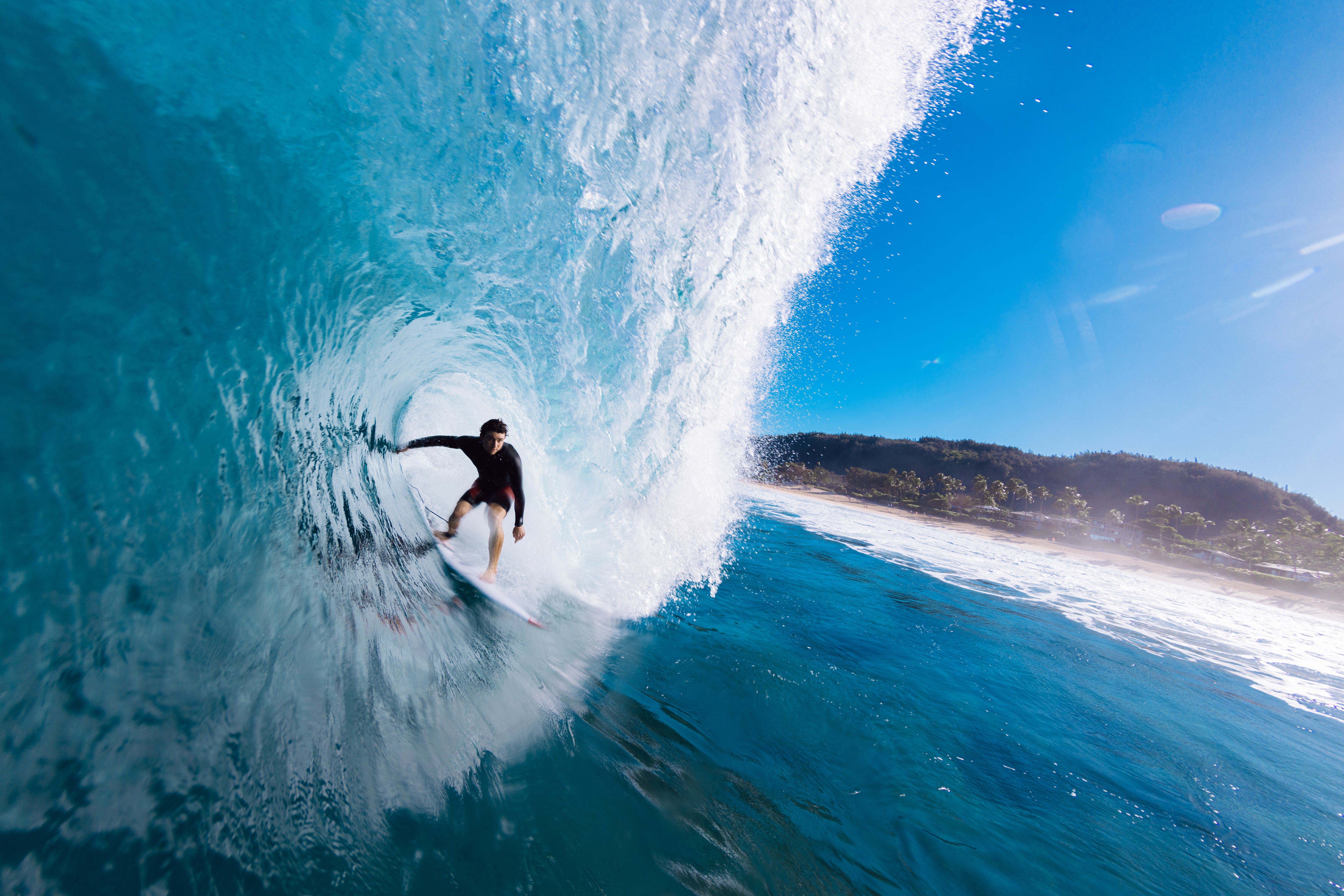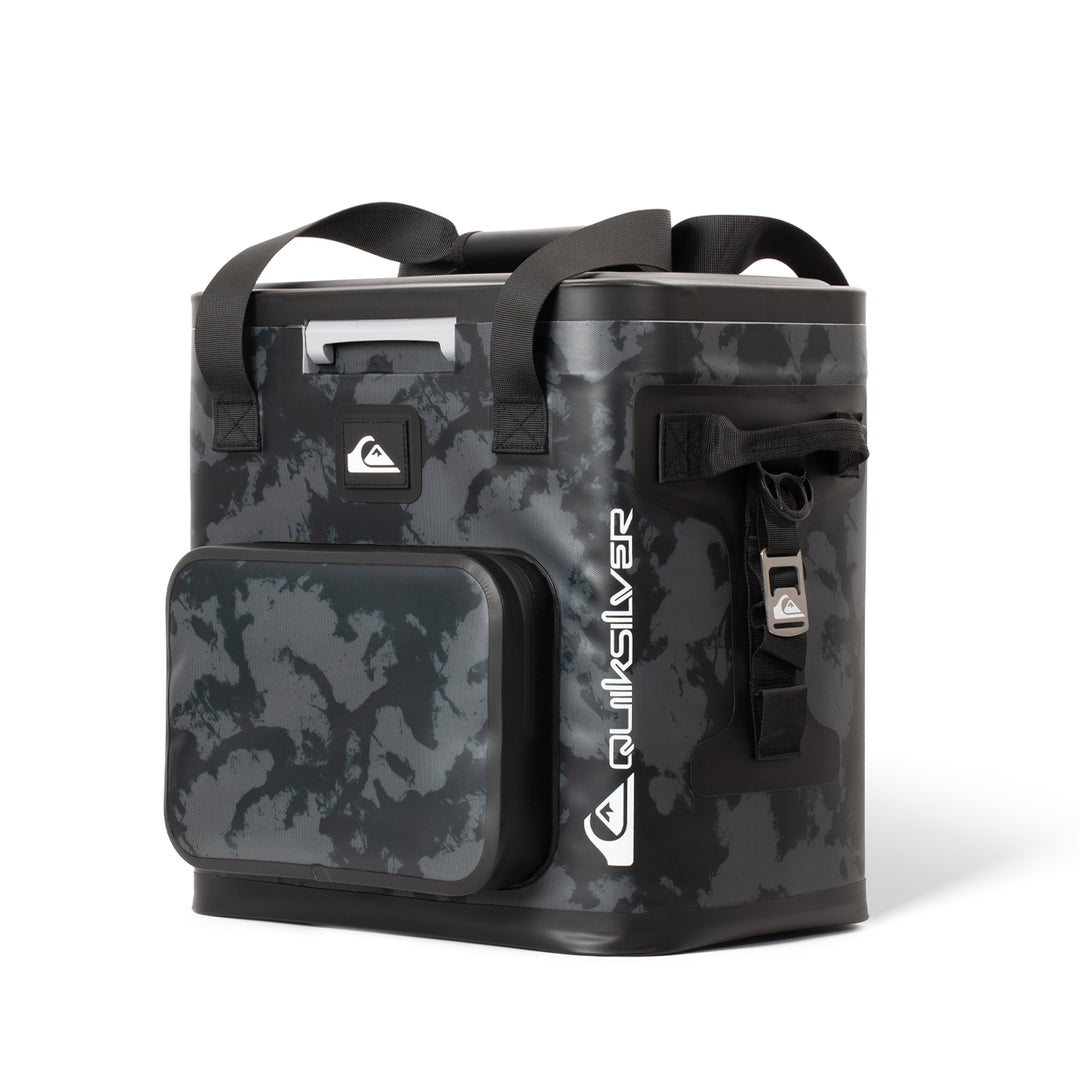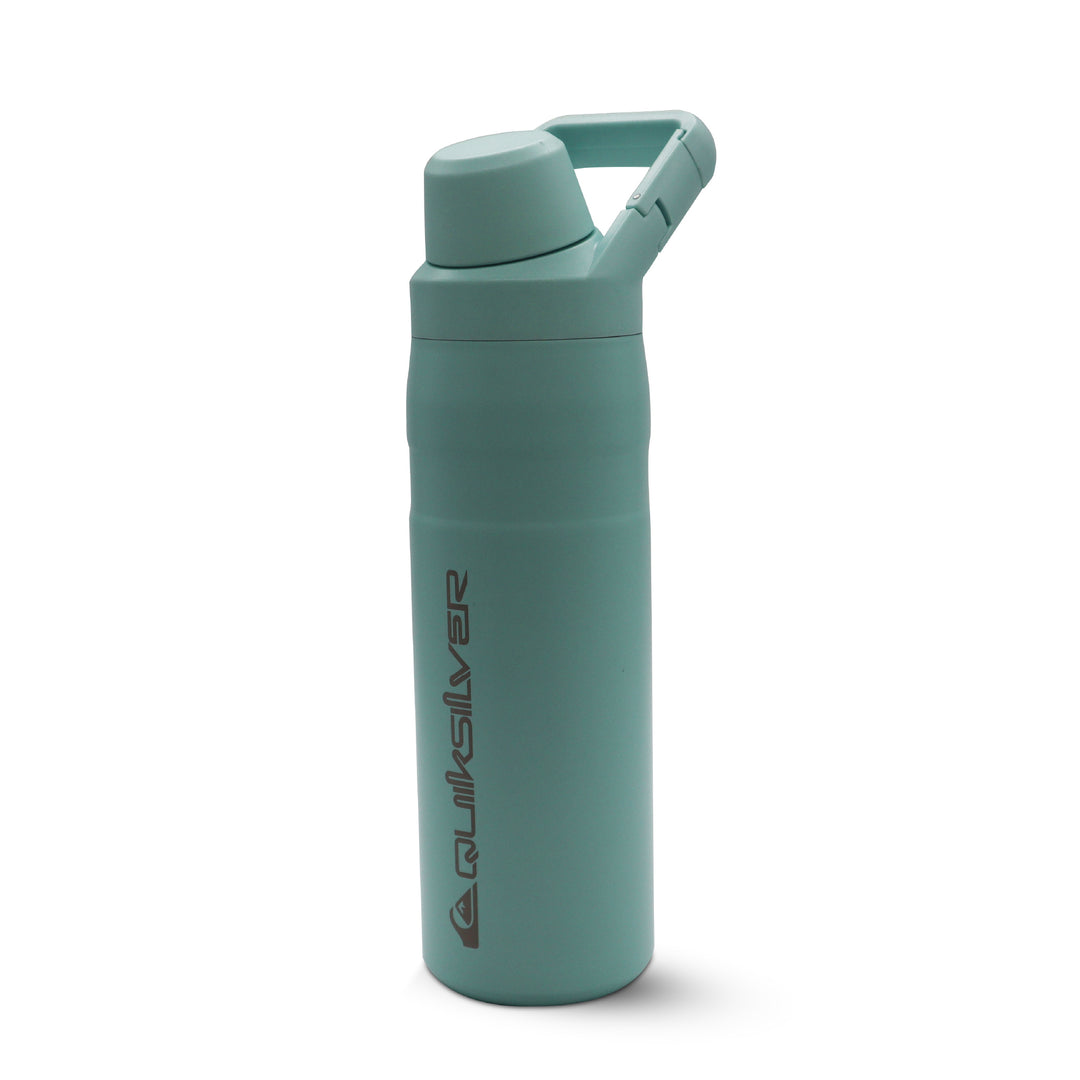
COOLERS & TUMBLERS


COOLERS
Start with a cooler, Cooler
- A cooler is designed to insulate, which means it will retain heat as well as cold. For this reason, try to store your cooler in a cool environment prior to loading it with ice. If stored in direct sunlight, a warm garage, or a hot vehicle prior to use, a significant amount of ice will be wasted cooling the cooler itself. One way to cool the walls is to preload it with a sacrificial bag of ice. The starting temperature most overlooked variables in ice retention.
Sunlight is a heat source
- A cooler is designed to insulate, which means it will retain heat as well as cold. For this reason, try to store your cooler in a cool environment prior to loading it with ice. If stored in direct sunlight, a warm garage, or a hot vehicle prior to use, a significant amount of ice will be wasted cooling the cooler itself. One way to cool the walls is to preload it with a sacrificial bag of ice. The starting temperature most overlooked variables in ice retention.
Block ice vs. cube ice
- The advantage of block ice is that it will melt much slower than cubed or shaved ice. Smaller pieces of ice will chill a cooler and its contents more quickly but will not last as long.
Air is the enemy
- Large areas of air inside your cooler will accelerate ice melt since a portion of the ice is consumed cooling the air. Air space voids are best filled with extra ice. However, if weight is a concern, do like the pros and use other materials such as towels or crumpled newspaper to fill these air space voids.
Freeze or pre-chill contents
- Chilling or even freezing the contents you intend to load into your cooler is an often-overlooked way to extend ice retention. Consider that it will take over 1 lb. of ice to cool a six-pack of canned beverages that started at room temperature.
More ice is better
- We recommend filling your cooler with as much ice as possible. Ideally, you want to have an ice to contents ratio of 2:1. Please keep in mind that when two cooler models are completely filled with ice, the larger of the two will retain ice longer.
Don't drain the water
- Once your cooler is in use, we recommend you avoid draining the cold water, if possible. The water in your cooler will be almost as cold as the ice and will help insulate the remaining ice. However, it is advisable to keep exposed food and meat out of the water.
Not all ice is created equal
- Ice can get much colder than its freezing point." Warm ice (near 0°C) is typically wet to thetouch and dripping with water. Cold, sub-zero ice is relatively dry and will last substantially longer.
Limit cooler access
- Frequent lid opening will accelerate ice melt. Every time you open your cooler, you let cold air escape. Limit cooler access and the time the cooler is open, especially when it is very warm outside.
1. Avoid direct contact of hard or sharp objects to the inner and outer surface of the cooler, Ice bricks and gel-packs. They can be easily scratched.
2. Please keep the cooler clean. After each use, wash the cooler with a wet towel or neutral detergent. Do not use strong acid, alkaline or oxidizing detergents and disinfectants. Dry well before storage. Store your coolers and ice bricks/gel-packs in the shade when you are not using them.
3. Do not put heated food or boiling food direct in the cooler. Keep the food in containers before putting it into the cooler.
4. Do not use dry ice or drikold.
TUMBLERS
Start with a cold tumbler to get longer cooling.
- If your tumbler is starting out warm, your ice will start cooling the tumbler first and lose its cooling longevity.
More Ice is better.
- To keep your beverage colder longer, the more ice the better. We recommend a 2:1, ice to beverage ratio.
Bigger is better.
- Ice chips will melt quicker than larger ice cubes. Use larger ice cubes to stay colder longer.
Sunlight is a heat source.
- Keep out of direct sunlight to stay colder longer.
Cleaning Your Tumbler.
- Unscrew the lid from the tumbler. Remove all gaskets and straws. Wash well with mild dish soap and warm water. Be sure all parts are thoroughly dry before placing back on the lid. Failure to do so may lead to leaks or the straw not functioning properly.
Difficulty Using The Straw.
- If it is too hard to suck from the straw, it, could be that the bottom of the straw is too close to the base of the tumbler, not leaving enough room for air transfer. Try pushing the straw all the way into the straw holder of the lid.
1. Wash thoroughly before initial use.
2. After use, handwash with warm, soapy water. Use only mild dish soap to clean.
3. For thorough cleaning, remove gasket from lid. Clean and dry well before reinstalling.
4. Dry before storage and store with lid removed.
5. Do not put in freezer.
6. Do not place in microwave. Fire and personal injury can occur.
7. If you are experiencing leaks from the lid, check the lid gaskets to make sure they are not loose or missing. Try removing and reattaching again.
HEAT WARNING: Do not fill with beverage over 113∙F to avoid spray and scald when drinking from nozzle.

